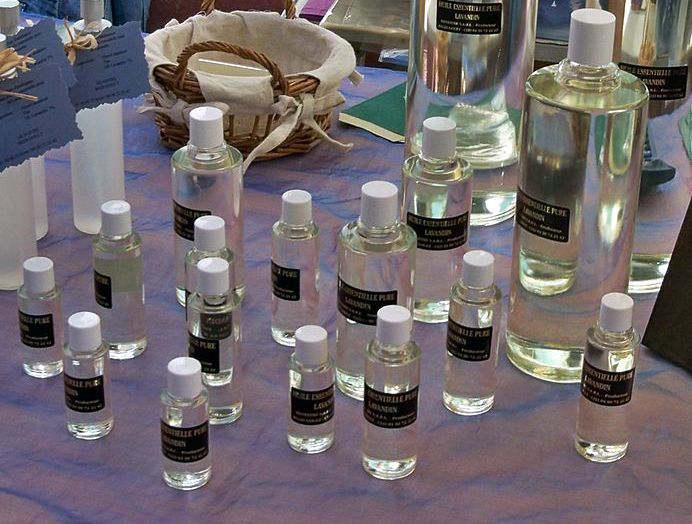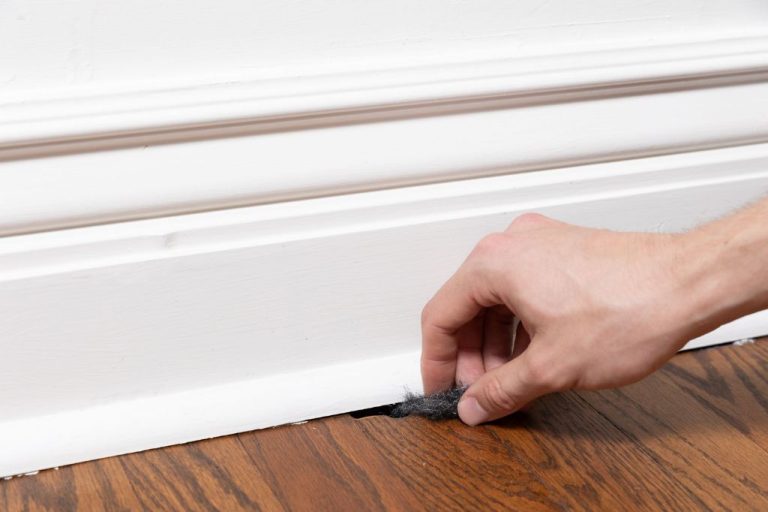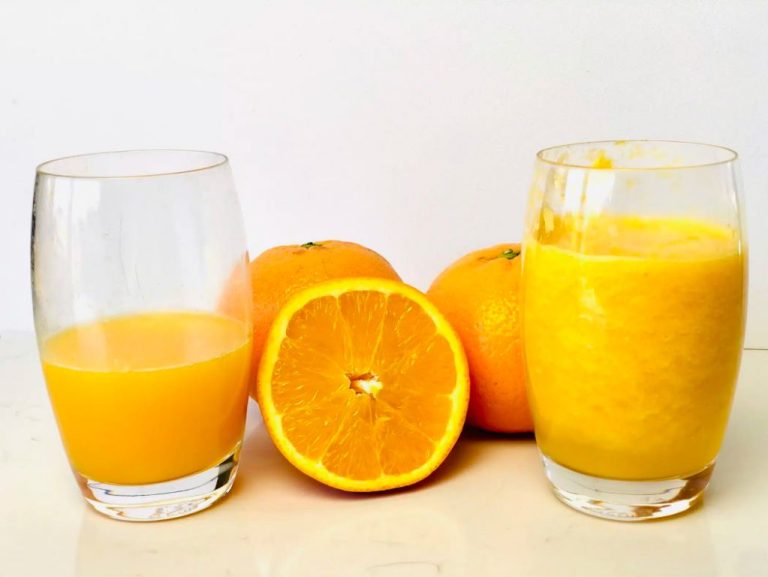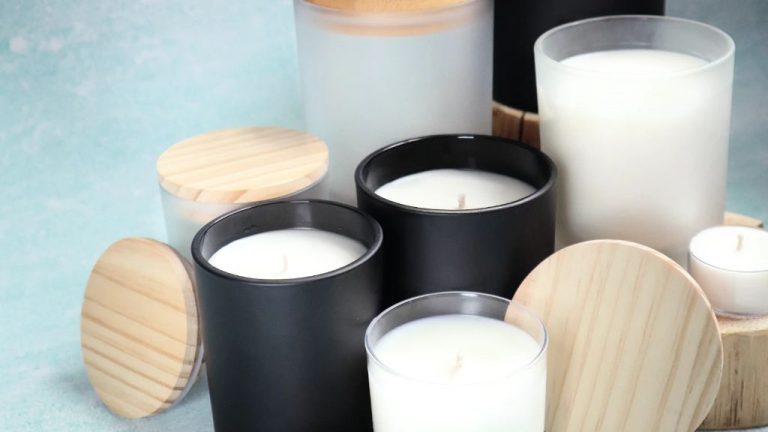What Do You Put In Soap To Make It Smell Good?
Fragrances have been added to soaps for centuries to provide a pleasant scent while bathing. According to A brief history of perfumer’s soap, perfumed soaps emerged in the late 18th century, though perfumes were commonly used for hygiene and grooming before then (https://www.maisonviolet.com/a/l/en/blogs/news/breve-histoire-du-savon-de-parfumeur). The first manufactured soaps date back to the 7th century in the Middle East, and were often colored and perfumed. Over time, fragranced soaps grew in popularity along with the return of public bathing. Today, there are many methods for scenting soap, from natural essential oils to synthetic fragrances.
Natural scents
Soapmakers often use natural ingredients like essential oils, herbs, and flowers to add pleasant fragrances to handmade soap. Popular essential oils used in soapmaking include lavender, lemon, rosemary, and patchouli. Lavender essential oil gives soap a fresh, floral scent that is relaxing and soothing for the skin [1]. Lemon essential oil provides an energizing, citrusy aroma and can also help naturally cleanse the skin. Rosemary has a herbaceous, pine-like fragrance that is believed to stimulate circulation. Patchouli’s earthy, musky scent is frequently blended with floral oils like lavender [2].
Dried herbs and flowers like chamomile, rose petals, mint, and calendula can also be infused into oils to extract their natural fragrances before being added to soap. Using real botanicals provides a more complex, authentic scent compared to synthetic fragrances.
Synthetic fragrances
Synthetic fragrances, also known as artificial fragrances, are scents that are created in laboratories rather than derived from natural ingredients. They are made from chemical compounds and meant to mimic natural scents like flowers, fruits and spices. The advantage of synthetic fragrances is that they tend to last longer and are usually less expensive than natural oils. However, there are some concerns around synthetic fragrances as well.
Studies have indicated that many substances included in synthetic fragrances are the cause of skin allergies, respiratory problems, migraines and other health issues (source). Because the formulas are considered trade secrets, companies are not required to disclose all ingredients. This makes it difficult for consumers to know exactly what is in synthetic fragrances. Some common irritants found in artificial fragrances include phthalates, xylenes and benzaldehyde.
Many health and environmental advocates argue for limiting or avoiding synthetic fragrances due to these health concerns as well as their reliance on petroleum and impact on air quality. However, synthetic fragrances continue to dominate many household and personal care products like soaps and detergents because of their potency and cost-effectiveness.
Fragrance oils
Fragrance oils are blended oils engineered specifically for adding scent to various products like soaps, candles, and lotions. These oils contain synthetic and/or natural oils mixed together to emulate a particular scent. Fragrance oil blends are formulated so the scent holds up to the high pH of soap batter and the heat of the soapmaking process. Popular fragrance oils span a range of scents including fruity notes like apple, berry, and coconut as well as bakery scents like vanilla, sugar cookie, and cinnamon roll.
Some of the best selling fragrance oils for soapmaking include Bay Rum, Tobacco Vanille, and Oud Wood.
How much fragrance
When adding fragrance to soap, it’s important to use the right amount for the soap process and desired scent strength. According to experts, for cold process soap, the recommended usage is 0.7 ounces of fragrance oil per pound of soap base (Source). This will provide a nice strong scent in cold process soap. For melt and pour soap, the recommendation is 0.3 ounces per pound (Source). Usage rates directly impact scent retention, so following the recommendations helps prevent the scent from fading.
Adding To Soap

Fragrance oils and essential oils should be added to soap at trace, after the lye solution has been fully incorporated into the oils. Trace refers to the stage when the soap batter reaches a yogurt-like consistency and leaves a trail on the surface when stirred. Adding fragrance at trace allows it to become fully dispersed throughout the soap batter before it sets up. Mix the fragrance into a small amount of soap batter first and then add it back into the main batch, stirring continuously to ensure even distribution. Overmixing can cause the soap to accelerate trace or seize up, so it’s important not to blend too vigorously or for too long once the fragrance is added.
According to the Essential Oil and Fragrance Oil Usage Rates in Cold Process Soap blog post, heavier notes like clove, cinnamon, and citrus oils should be added right at a very light trace to allow time for blending before the soap sets up. Florals and lighter fragrances can be added later at a heavier trace. Follow usage guidelines since adding oils at too high of concentrations can cause issues in the soap.
Scent retention
There are several factors that affect how long a fragrance scent will last in soap:
- The type of fragrance oil – Some fragrance oils have better staying power than others. Flowers, fruits, and lighter scents tend to fade faster.
- How much fragrance oil is used – More fragrance oil means more scent, but generally no more than 5-8% of total oils should be used or it can irritate skin.
- The soap ingredients – Hard oils like palm oil help anchor scents. Some additives like clays can absorb fragrance.
- Curing time – Allowing soap to cure 4-6 weeks allows scent to mellow and permeate.
- Storage conditions – Heat, light, and air exposure cause fragrance fading faster.
To help scents last longer, some tips are to use scent lockets, muslin bags, or cotton balls with fragrance oil tucked into cured soap. Wrapping soap well and storing in a cool dark place also preserves scent.
As cited from Brambleberry, additional fragrance can be added after curing by spraying or dipping soap in fragrance oil.
Allergies
Some people can have allergic reactions to fragrances added to soaps and other beauty products. Ingredients like synthetic fragrances, essential oils, and botanical extracts can trigger allergic contact dermatitis in sensitive individuals.
Reactions may include red, itchy, scaly, or swollen skin where the product was applied. In severe cases, contact dermatitis can spread. Other symptoms may include headaches, breathing difficulties, nausea, and watery eyes according to the FDA (https://www.fda.gov/cosmetics/cosmetic-ingredients/allergens-cosmetics).
To avoid allergic reactions, those with known fragrance allergies should use unscented soaps and shampoos. Always test a small amount of any new product first. Discontinue use if irritation develops. Seek medical attention for severe reactions. Carefully reading ingredient labels can help identify potential allergens.
For most consumers, the small amounts of added fragrances in soap are not problematic. But for sensitive individuals, caution is advised. Knowing your own tolerance levels and avoiding irritants are key to safety.
Natural vs Synthetic
Both natural and synthetic fragrances have their pros and cons when used in soap making.
Natural fragrances are derived from essential oils, absolutes, resins, and other plant-based ingredients (source). The main pros of natural fragrances are:
- Considered gentler on skin
- Viewed as safer overall
- More transparent labeling
However, natural fragrances also have some downsides:
- Less stable in soap resulting in fading
- More expensive and limited availability
- Still pose allergy risks for some
Synthetic fragrances are formulated in laboratories from chemicals and aromatic compounds (source). The pros of synthetic fragrances include:
- Wider range of scents can be created
- Generally more affordable
- More stable scent retention in soap
The cons of synthetic fragrances are:
- Lack of transparency in labeling
- Synthetics can trigger skin sensitivities
- Some avoid due to chemical nature
Overall, both natural and synthetic fragrances have a place in soap making depending on the needs of the soaper and the qualities desired for the finished soap.
Popular scents
Some of the most common and popular fragrances used in soap making include:
- Lavender – This classic floral scent is known for its relaxing and calming properties. Lavender essential oil is commonly used to provide a light, clean fragrance to soaps.
- Citrus – Fruity citrus scents like orange, lemon, grapefruit and lime are refreshing and energizing. Citrus essential oils impart a bright, uplifting aroma.
- Floral – Rose, jasmine, ylang ylang, and gardenia are examples of floral fragrances that can provide an elegant, feminine scent to handmade soaps.
- Woodsy – Fragrances like cedarwood, sandalwood, pine and patchouli have deep, earthy tones. These are popular for men’s soap bars.
- Vanilla – A sweet, warm, comforting scent. Vanilla fragrance oil is widely used in soap making.
- Spice – Cinnamon, clove, and nutmeg fragrances evoke cozy, gourmand scents. Many seasonal soaps feature spice blends.
According to Fragrance Innovation, some of the most popular fragrance combinations for handmade soap include lavender and rosemary, lemongrass and lemon myrtle, and sandalwood and patchouli (https://fragranceinnovation.com.au/what-are-the-most-popular-soap-fragrances/). The Soap Guy also lists vanilla, lavender, and citrus as top sellers (https://thesoapguy.com/handmadesoap/top-17-soap-making-fragrances-popular-definitive-list-best-sellers/).





